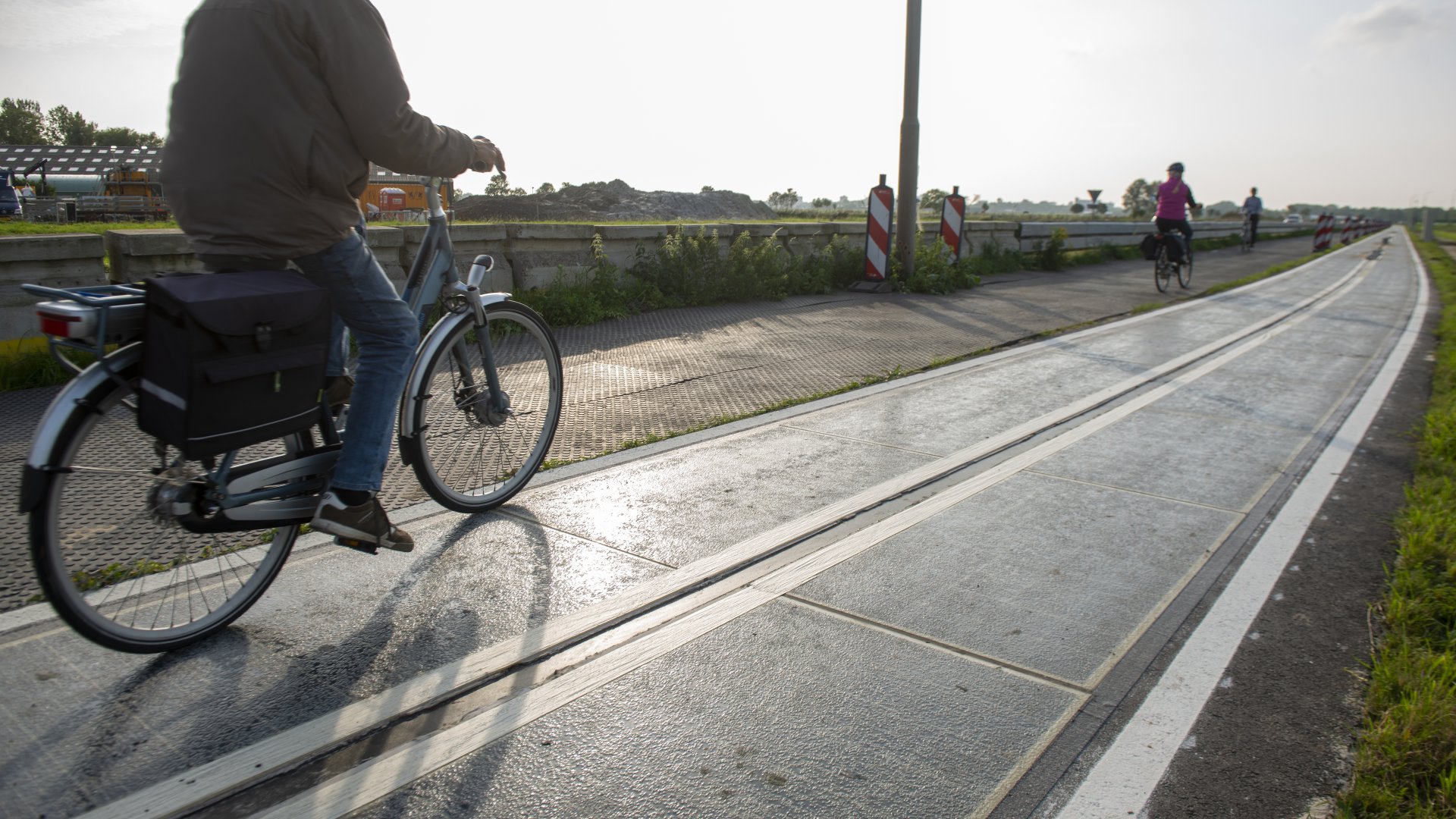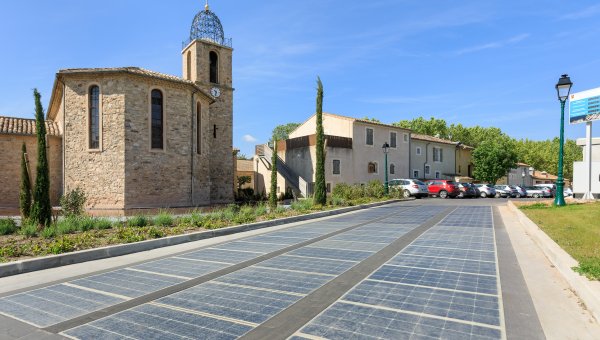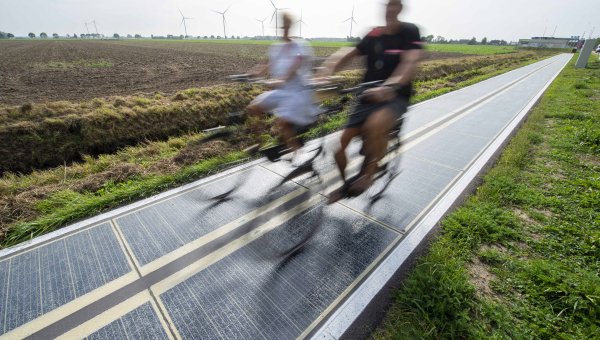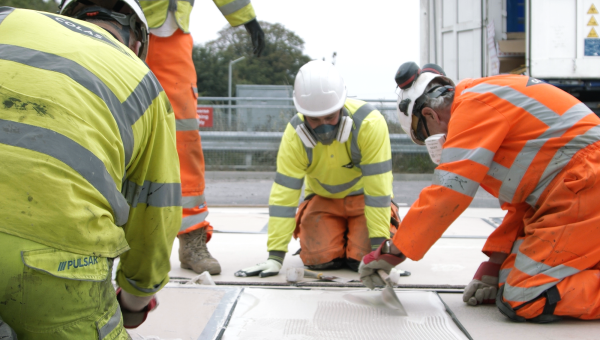Our projects
Provinces, Netherlands
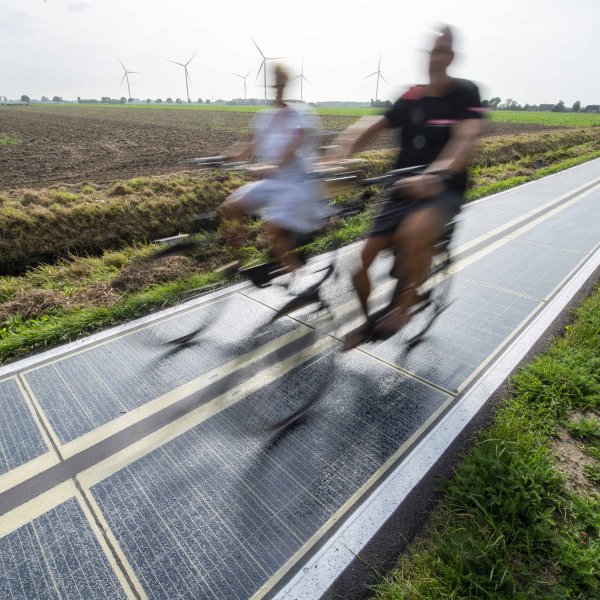
Provinces, Netherlands
Site presentation
Following the Paris Climate Agreement, the Netherlands has embarked on a deliberate policy of reducing its carbon emissions and developing renewable energy, which it is putting into practice throughout the country. However, the lack of space in this constrained country, combined with its aim of limiting any further artificialisation of the ground and the impact on biodiversity led this Kingdom to identify alternative solutions to meet its commitment.
Solar power generation on traffic-bearing surfaces was chosen as one of the most appropriate solutions. The additional use of previously artificialised ground to generate photovoltaic energy and the use of the Dutch bicycle network of more than 35,000 km, represent highly significant land potential. Several regions have issued public calls for tender to equip cycle paths with traffic-bearing surface photovoltaic systems, particularly in the provinces of Noord-Holland and Noord-Brabant.
How the
system works
Two photovoltaic power plants were deployed on one-kilometre sections of each existing cycle path, with a total installed capacity of 280 KWp. Wattway modules are installed on top of existing infrastructure, without the need for major works. They generate solar energy, which is converted into electricity and fed directly into the concession grid. The production target is 160 MWh in the first year.
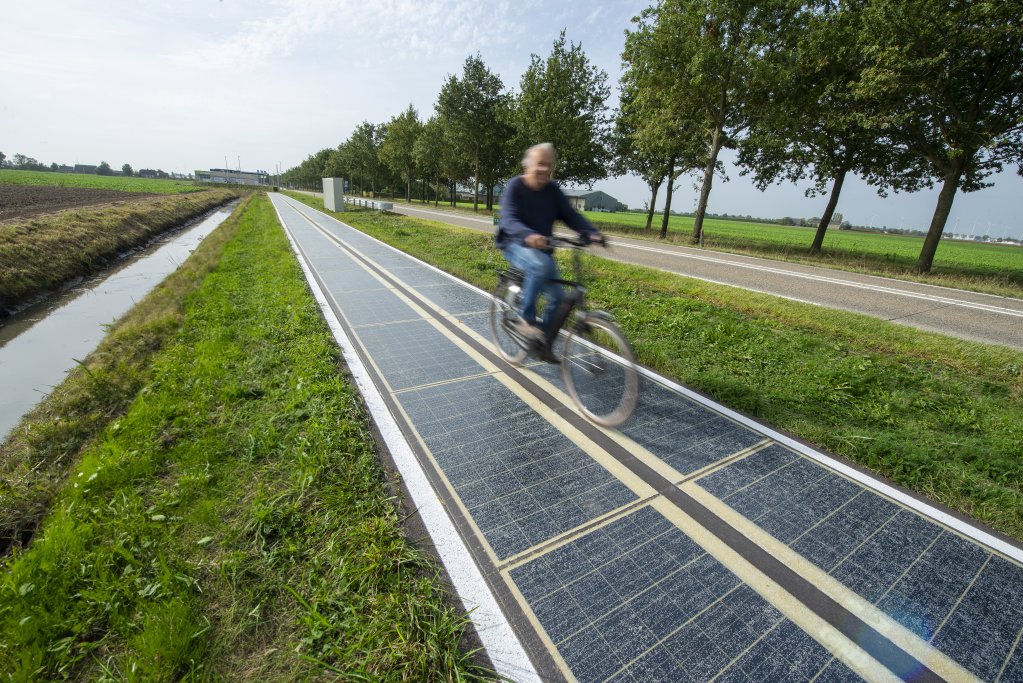
Why did the Netherlands
choose Wattway?
Wattway is an innovative solar solution that can use previously artificialised ground, maximising the solar potential of its area while blending in with its landscape and architectural environment. The generation of energy from these power plants is monitored, providing the Netherlands with feedback for the purposes of deploying traffic-bearing surface photovoltaics more widely in the country to contribute to achieving its decarbonisation commitments.
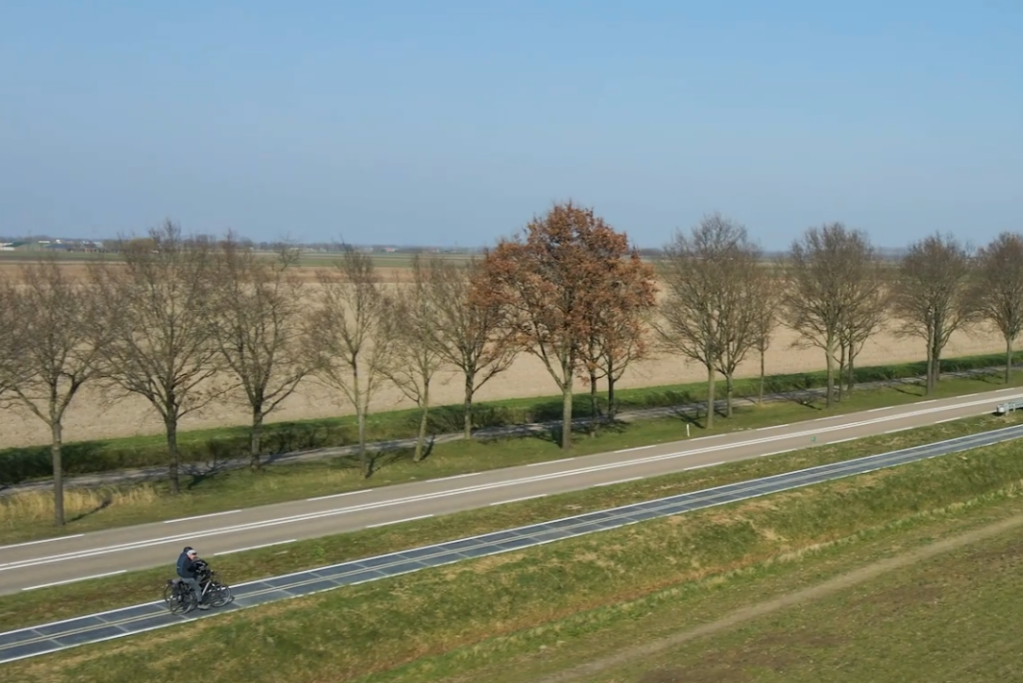
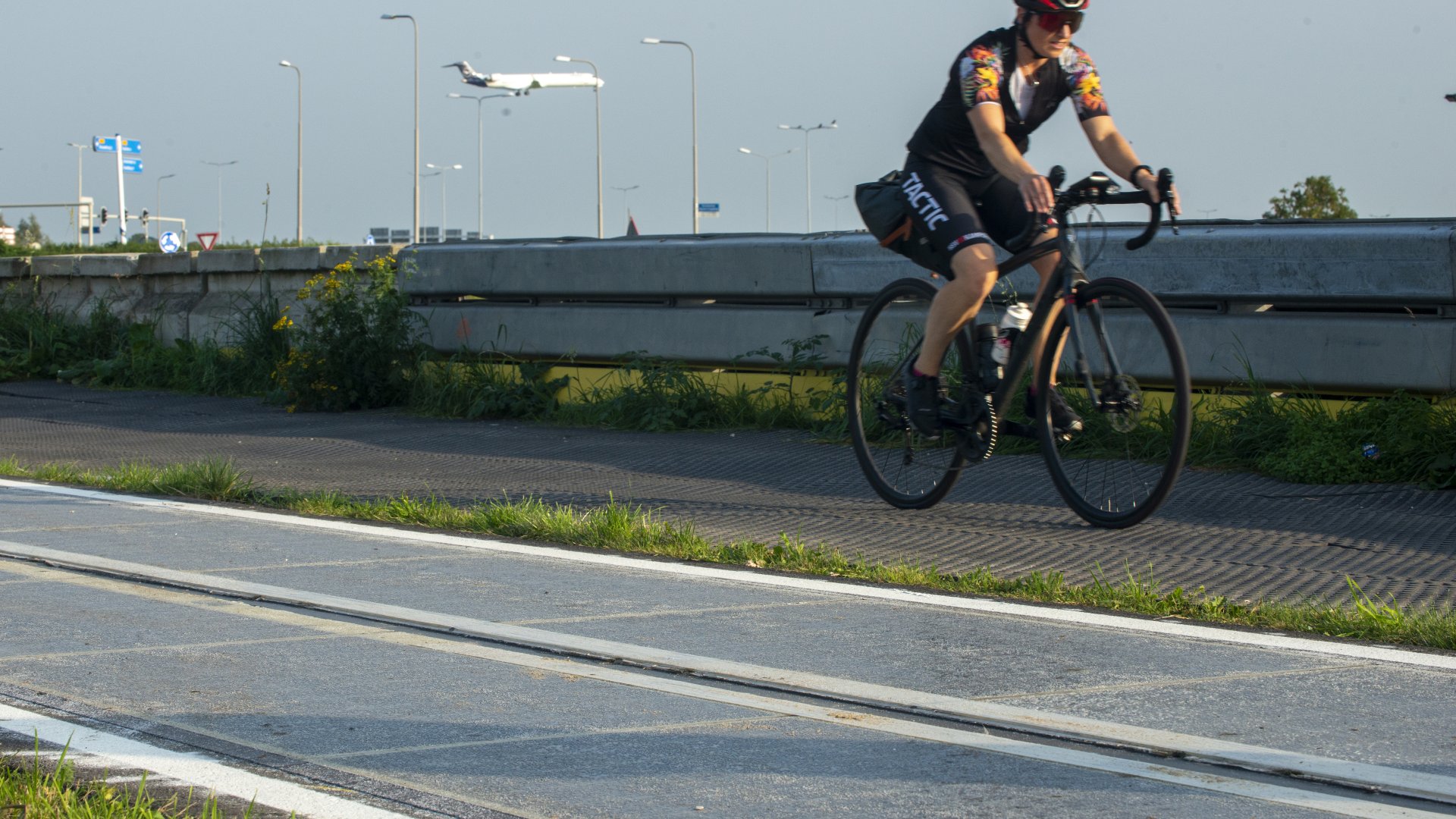

Installation on cycle paths
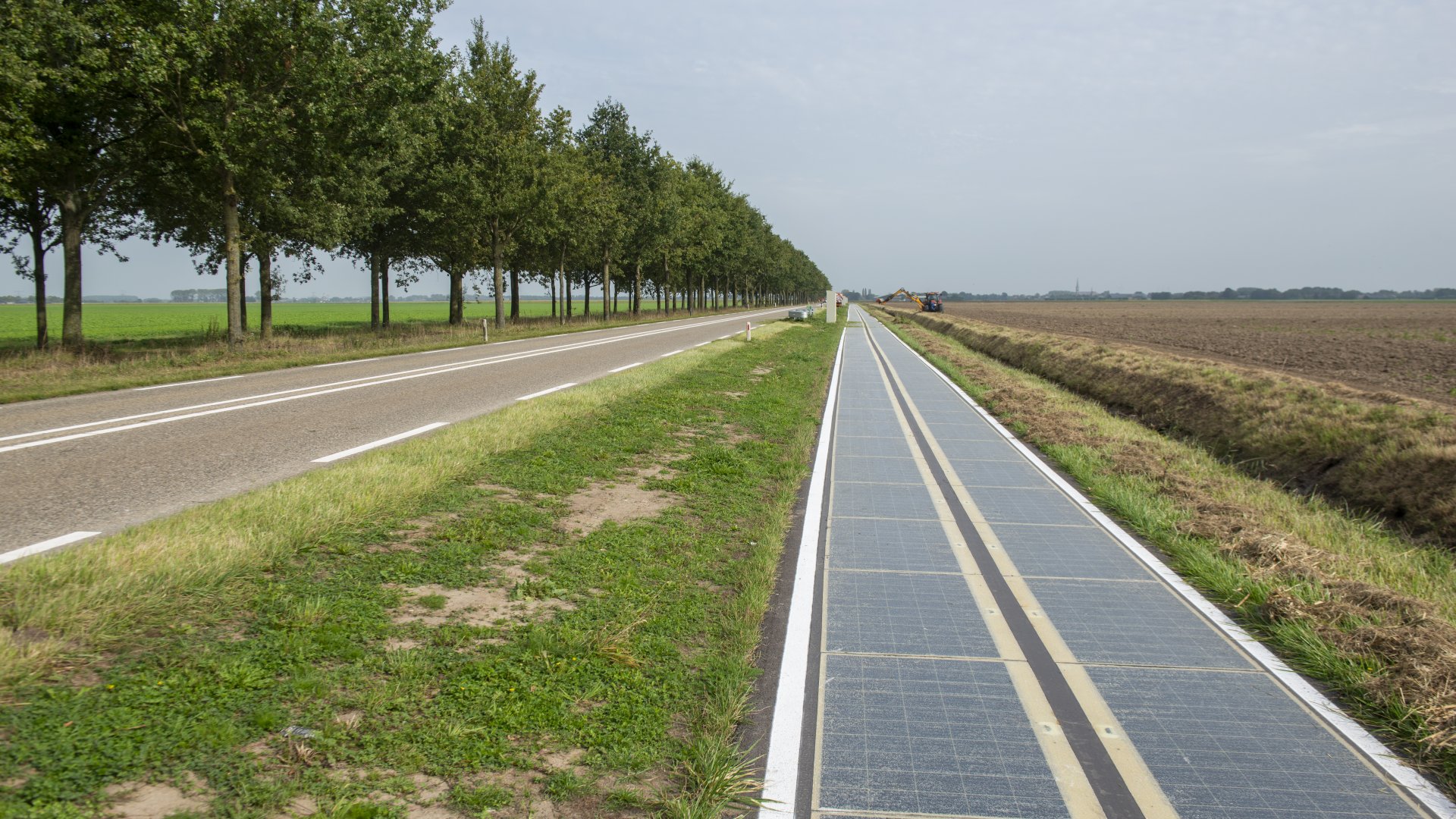

Installation on cycle paths


Installation on cycle paths
